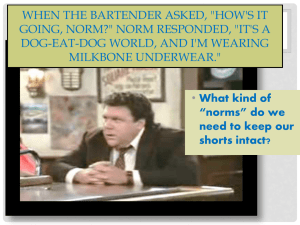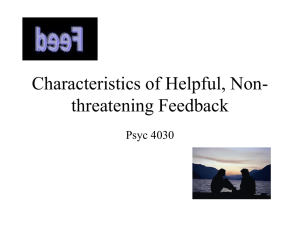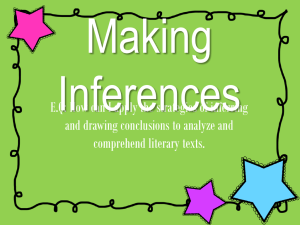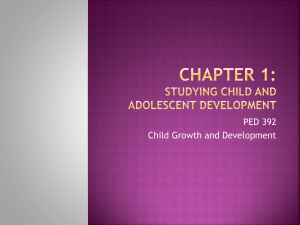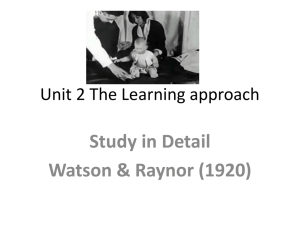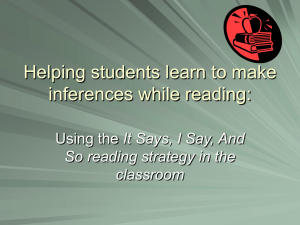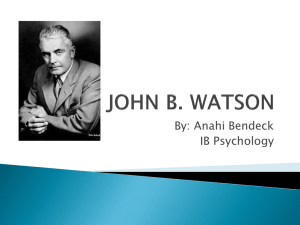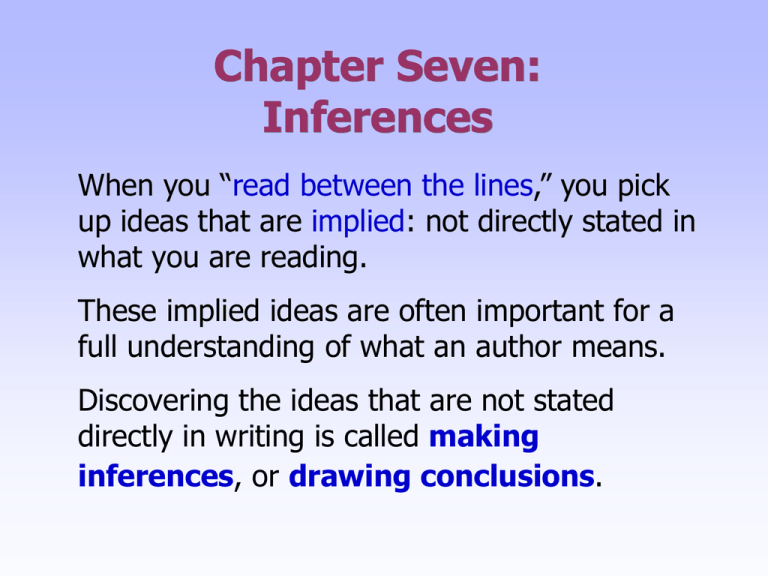
Chapter Seven:
Inferences
When you “read between the lines,” you pick
up ideas that are implied: not directly stated in
what you are reading.
These implied ideas are often important for a
full understanding of what an author means.
Discovering the ideas that are not stated
directly in writing is called making
inferences, or drawing conclusions.
What inferences can
you make about this
cartoon?
Find the two inferences
that are most logically
based on the
information it suggests.
A. The couple is not likely to have a good dining experience
at the restaurant.
B. The couple will never eat at the restaurant.
C. The restaurant was recently closed for health violations.
D. Whoever is running the restaurant is not doing a good job.
REAL LIFE ADVENTURES © 2006 GarLanco, Reprinted with permission of UNIVERSAL PRESS SYNDICATE. All rights reserved.
Answers A and D are logical inferences. Here’s why:
A. The couple is not likely to have a good dining experience at the restaurant.
The “help wanted” sign indicates that the restaurant is seriously understaffed.
It would be logical, then, to infer that the restaurant cannot provide patrons
with a good dining experience. You should have chosen this item.
B. The couple will never eat at the restaurant.
The man’s comment that “this isn’t the best time” suggests that he may be
willing to try the restaurant once it has solved its staffing problems.
Also, experience suggests that it is common for restaurants to change
ownership and/or management. You should not have chosen this item.
C. The restaurant was recently closed for health violations.
Nothing in the cartoon suggests that the restaurant was recently closed for
health violations. Perhaps if it continues to operate without sufficient staff,
it may be closed, but we have no way of knowing that. You should not have
chosen this item.
D. Whoever is running the restaurant is not doing a good job.
Experience tells us that good managers are able to hire and retain qualified
employees. The “help wanted” sign suggests quite the opposite—that
a number of employees have recently quit or been fired. The lack of staff,
in turn, has caused the couple to decide against dining there. Clearly, this is no
way to run a business! You should have chosen this item.
HERMAN: © Jim Unger/Dist. By Newspaper Enterprise Association. Inc.
Check Your Understanding I
Read the following passage and find the two inferences
that are most firmly based on the information given.
A sociology professor wrote on the board, “A woman without her
man is nothing” and, with a smile, asked students to punctuate the
sentence correctly. The men all wrote, “A woman, without her man,
is nothing.” However, the women wrote, “A woman: Without her,
man is nothing.”
A. The professor was definitely a man.
B. The professor did not believe students could punctuate
the words correctly.
C. The professor knew there was more than one way to
punctuate the words correctly.
D. The professor is not a good teacher.
E. Gender differences caused students to read and punctuate
the professor’s words differently.
A sociology professor wrote on the board, “A woman without her
man is nothing” and, with a smile, asked students to punctuate the
sentence correctly. The men all wrote, “A woman, without her man, is
nothing.” However, the women wrote, “A woman: Without her, man is
nothing.”
The two logical inferences are …
C. The professor knew there was more than one way to punctuate the
words correctly.
Since the professor chose the particular sentence and smiled while writing
the words, we can conclude that the professor was aware of more than
one punctuation possibility.
E. Gender differences caused students to read and punctuate the
professor’s words differently.
Male and female students had very different responses to the sentence.
Gender was the only apparent difference among the students, so we can
conclude that it caused the different responses.
Check Your Understanding II
Read the following passage and find the three inferences
that can most logically be drawn from it.
A famous psychology experiment conducted by Dr. John B. Watson demonstrates
that people, like animals, can be conditioned—trained to respond in a particular way to
certain stimulations. Watson gave an eleven-month-old baby named Albert a soft, furry
white rat. Each time Albert tried to stroke the rat, Dr. Watson hit a metal bar with a
hammer. Before long, Albert was afraid not only of white rats but also of white rabbits,
white dogs, and white fur coats. He even screamed at the sight of a Santa Claus mask.
A.
B.
C.
D.
E.
Dr. Watson did not like small children.
Before the experiment, Albert was not afraid of white rats.
Albert had been familiar with rats before the experiment.
If he had seen a black fur coat, Albert would have screamed.
Albert connected the loud noise of the hammer striking the
metal bar with the white rat.
F. Albert was afraid of unexpected loud noises.
A famous psychology experiment conducted by Dr. John B. Watson demonstrates that people, like
animals, can be conditioned—trained to respond in a particular way to certain stimulations. Watson
gave an eleven-month-old baby named Albert a soft, furry white rat. Each time Albert tried to stroke
the rat, Dr. Watson hit a metal bar with a hammer. Before long, Albert was afraid not only of white
rats but also of white rabbits, white dogs, and white fur coats. He even screamed at the sight of a
Santa Claus mask.
The three logical inferences are …
B. Before the experiment, Albert was not afraid of white rats.
This is a logical inference. Because Albert tried to pet the rat, it is fair to
assume that he wasn’t frightened of the animal.
E. Albert connected the loud noise of the hammer striking the metal bar
with the white rat.
This is a logical inference. Because the noise appears to have changed
Albert’s attitude toward the rat, we can assume he associated the noise with
the rat.
F. Albert was afraid of unexpected loud noises.
This is a logical inference. Since the noise is what made Albert afraid of the
rat, we have to infer that he was afraid of the noise. In addition, experience
tells us that babies are likely to be frightened of unexpected loud noises.
Guidelines for
Making Inferences in Reading
Keep these guidelines in mind as you work on the exercises in this chapter:
1 Never lose sight of the available information.
As much as possible, base your inferences on the facts. For instance, in the
paragraph about Watson’s experiment, we are told, “Albert tried to stroke the
rat.” On the basis of that fact, we can readily conclude that the baby had
no fear of rats.
2 Use your background information and experience to help you in
making inferences.
Our understanding and experience with babies, for example, help us realize
that Albert was frightened of unexpected loud noises.
3 Consider the alternatives.
Don’t simply accept the first inference that comes to mind. Instead, consider
all the facts of a case and all the possible explanations.
Inferences in Graphs and Tables
Other “pictures” that require inferences are
graphs and tables, which combine words
with visual representations.
Authors of textbooks, professional and newspaper
articles, and other materials often organize large
amounts of material into graphs and tables.
Very often, the graphs and tables are used to show
comparisons and changes that take place over time.
Reading a Graph
Can you find the three inferences that
are most logically based on the graph to
the left?
Changes in U.S. Work Force, 1900–2010
1. The work force of 1900 was very
different from the work force of today.
2. Before 1900, farmers made up the
smallest percentage of workers.
3. In 1940, the percentages of farm
workers and white-collar workers were
about equal.
4. In general, as the number of farming
and blue-collar workers has decreased,
the number of white-collar workers has
increased.
5. In 1940, blue-collar workers made up
about 25 percent of the U.S. work force.
6. In the future, most U.S. workers are
likely to be white-collar workers.
The three logical inferences are …
1. The workforce of 1900 was very different
from the workforce of today.
4. In general, as the number of farming and
blue-collar workers has decreased, the
number of white-collar workers has
increased.
6. In the future, most U.S. workers are
likely to be white-collar workers.
Chapter Review
In this chapter, you learned the following:
Many important ideas in reading are not stated
directly but must be inferred. To make inferences
about implied ideas, use the information provided
as well as your own experience and logic.
Inferences are also a key part of reading literature
and such visual materials as cartoons, tables, and
graphs.
The next chapter—Chapter 8—will help make you
aware of an author’s purpose and tone.


